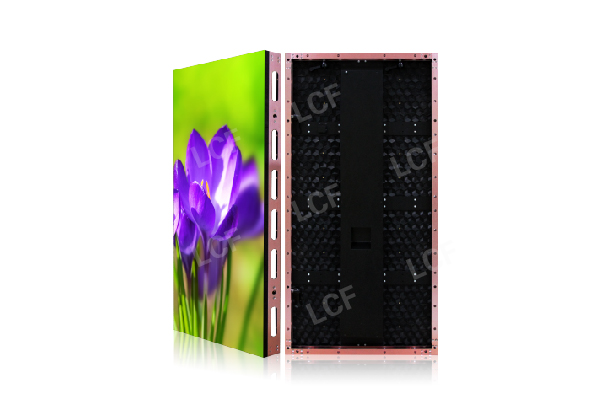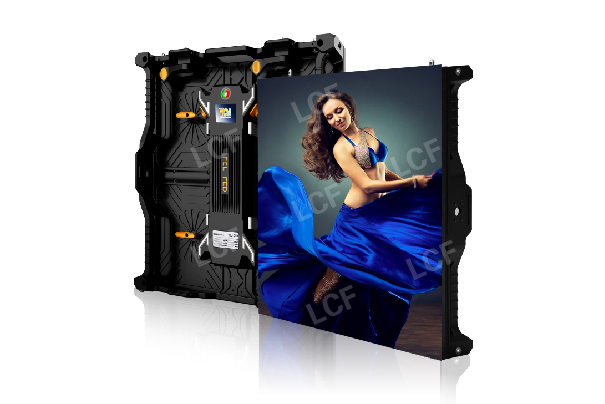Publisher: Supplier of LED Display Time: 2018-05-28 Views: 3912

1. RF wireless control: One end of the RF module is connected to the control computer, and the other end is connected to the serial port of the control card. After the driver is installed on the computer, a virtual serial port is generated, and data is sent through this serial port. It has the characteristics of convenient installation and debugging, data transmission distance of up to 300-1000 meters, and no cost for later use.
The required equipment and price, RF sending and receiving modules, about 350 yuan a pair. One-to-many sending is supported, that is, one sending module to multiple receiving modules. Disadvantages: There are not many radio frequency bands allowed by the state for civilian use. This batch of 433MHZ is extremely susceptible to signal interference, and the transmission rate of this method is not very low. The baud rate can only be used at 4800 or 9600, which is not recommended.
2. WIFI wireless control: By installing a wireless router or other wireless devices, bridge with the user's original wireless network, build a wireless local area network, and easily integrate the network control card into the wireless network for wireless network control.
Features: No wiring, easy installation and debugging, fast data transmission. Required equipment and price, bridge, within 800 yuan; wireless router (it is best to choose a device with a replaceable antenna for the application on the display screen, so that the wireless signal can be effectively received), the price is about 100 yuan
Disadvantages: The communication distance mainly depends on the gain capability of the bridge. The communication distance of wireless routing is relatively short, and the signal of the partition wall is relatively weak or no signal. It is suitable for places with wireless signals in short distances. If the area where your display is located already has wireless signal coverage, it is even simpler. You only need to bridge the wireless router connected to the control card in the display to your wireless network, and you can access any computer on the intranet. on the control display.

3. GPRS wireless control: After the GPRS module is powered on, it completes the process of dial-up Internet access, and connects to the data center server. The client accesses the server through the client software, and the server forwards the information.
Features: Easy to install and debug, there is no distance limit, as long as there is a mobile phone signal, you can receive information, and the price is relatively cheap, generally in the range of 200~400 yuan.
Disadvantages: The GPRS module needs to install a mobile phone card to dial up the Internet, and a certain traffic fee will be incurred every month (such as China Mobile's minimum 5 yuan traffic package can meet the demand). Limited by the GPRS bandwidth, the transmission rate is slightly slower, so it is more suitable for single-color LED display that mainly plays text.
4. 3G (WCDMA) wireless control: The 3G module is also connected to the data center server through the wireless network. The customer directly logs in the global simulcast cloud platform to publish the program, and the server directly sends it to the control card.
Features: The WCDMA signal is stable, and there is basically no data loss during the program sending process. Compared with GPRS, the rate is faster, and it can transmit pictures or videos, which is more suitable for full-color screens.
Disadvantages: Unicom's signal coverage is not as high as that of China Mobile. In some remote areas, it may be impossible to connect to the Internet.
5. 4G full Netcom wireless control: basically the same as 3G/GPRS.
Features: 4G full Netcom (supported by China Mobile, China Unicom, China Telecom), fast transmission rate, complete real-time control, and instant response to relevant control when sending commands.
Disadvantage: When the amount of data sent is relatively large, the traffic cost is relatively large. It is recommended to open a traffic package.